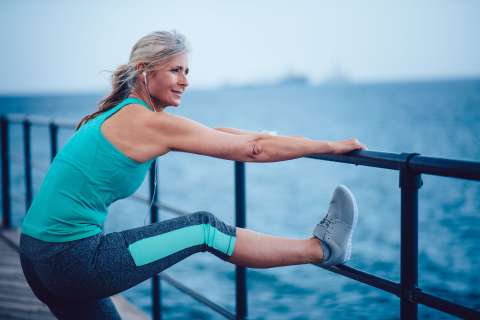A MacArthur Park middle school is the latest to benefit from a UCLA Health program that promotes student physical fitness and overall well-being through access to modern wellness facilities.
John H Liechty Middle School now has $60,000 worth of new exercise equipment including stationary bicycles, rowers, sand weights and other fitness accessories. This all comes with a robust exercise and nutrition curriculum designed to promote lifelong wellness for its 800 students.
“This is more than just a fitness center — it’s a space for our students to grow stronger, not just physically but mentally and emotionally,” Liechty Middle School principal Victor Flores said at the Nov. 21 ribbon-cutting ceremony. “Programs like this provide our kids with access to resources they wouldn’t otherwise have, and that’s transformative.”
UCLA Health’s Sound Body Sound Mind program (SBSM), celebrating its 25th year, has equipped 152 schools serving nearly 200,000 students annually. The program is funded entirely by philanthropic gifts. Liechty Middle School’s fitness center was made possible by a grant from the Henry L. Guenther Foundation.

"Building healthy habits early is essential,” said Matthew Flesock, executive director of UCLA Health Sound Body Sound Mind. “At the middle school level, we can instill a passion for movement and fitness that will serve these students for a lifetime."
Liechty students are excited about the new fitness center.
“I can't wait to use the rowing machine. It works out both your arms and legs, and as someone who loves football and staying active, it’s the perfect way to stay fit and motivated," said Gilbert Martinez, an eighth grader and student body vice president.
Parents also recognize the broader value. “This is giving our kids opportunities we could never provide on our own,” said Gilbert’s mother, Emily Martinez. "It’s not just about fitness — it’s about building confidence and a healthier outlook.”
Since its inception, UCLA Health Sound Body Sound Mind has demonstrated the benefits of investing in physical education at local schools. Students at participating schools have shown not only improved health outcomes but also signs of increased engagement.
At participating schools, the program has contributed to an increased passage rate, from 39% to 59%, for the state-mandated physical fitness test.



